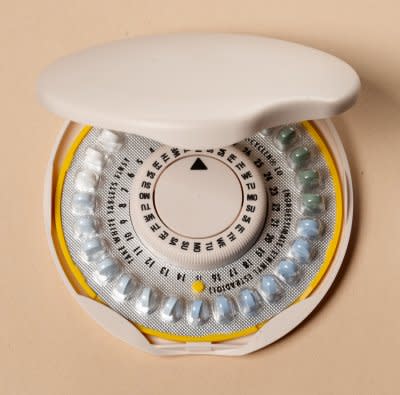New Guidelines Say You Might Not Need a Yearly Pap Test

Do you get a Pap test every year? You may not have to anymore, according to new draft guidelines from the U.S. Preventive Services Task Force (USPSTF), a federal government agency.
The new guidelines say most women between 21 and 65 years old do not need to be screened for cervical cancer every year. Instead, average-risk women should be screened every three years.
According to the task force, a Pap test every three years detects potentially dangerous cell abnormalities just as well as screening every year, and reduces the chance of false-positive results, which can lead to needless and potentially risky further testing and treatment, as well as upsetting patients.
Another major change: The task force is no longer recommending cervical cancer screening for women and girls under 21. Until now, women have been urged to start screening at age 21 or within three years of beginning sexual activity, whichever came first.
As for HPV, the common sexually transmitted virus linked to cervical cancer, the task force did not recommended screening for women under 30, because many HPV infections clear up on their own. For women over 30, the task force said it does not have enough data to make a recommendation at this time.
The American Cancer Society, the American Society for Colposcopy and Cervical Pathology and the American Society for Clinical Pathology have also released new guidelines, which mostly support the task force's guidelines. These groups agree that women 30 and older should have Pap tests every three years to five years rather than annually, but call for combination HPV-Pap testing in this age group.
Dr. Ilana D. Lustig, Clinical Associate Professor for New York University's Department of Obstetrics and Gynecology, agreed that if you've had negative Paps and HPV tests, you probably don't need to test every year. She also agrees with the American Cancer Society's recommendation that women should have an HPV test with the Pap after age 30, though she thinks they should start even earlier.
"I have seen cervical changes in women who have been sexually active since they were 12 or 13. We have decreased cervical cancer and we've done a great job -- why should we change what we're doing?" she said.
Ultimately, how often you test is between you and your doctor. But these new guidelines do NOT mean you should go three years without seeing your gyn.
"You should be checked as far as your breasts, ovaries and your uterus. We're looking for fibroids, ovarian cysts, STDs ... a once a year exam makes sense," Lustig said.
Make sure you have your next annual appointment on your calendar right now!
More from Self:
• 20 Superfoods for Weight Loss
• Yoga Moves for Flat Abs
• 38 Antiaging Foods
• 12 Ways to Think Yourself Slim
• Gwyneth Paltrow's Arm and Ab Workout

